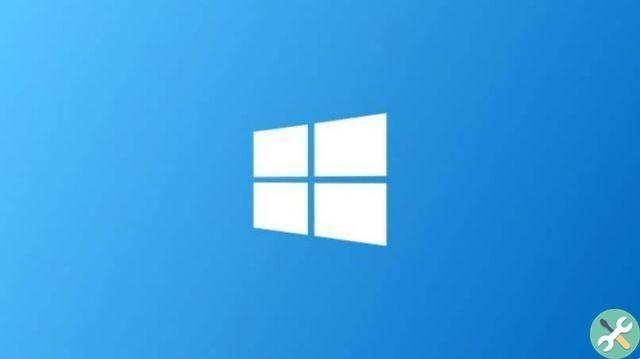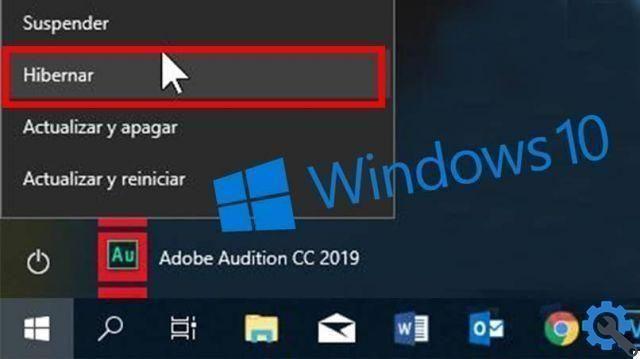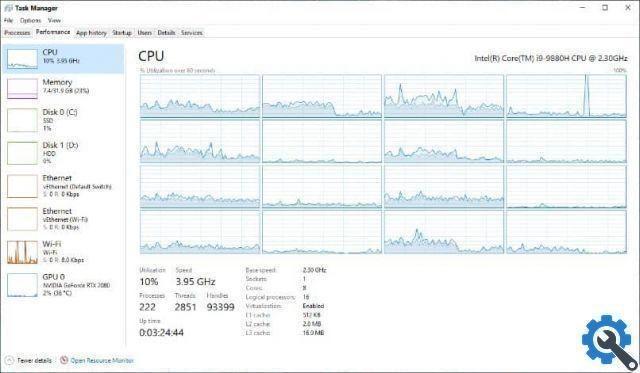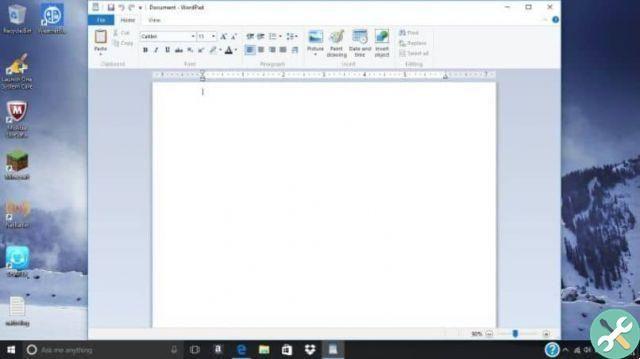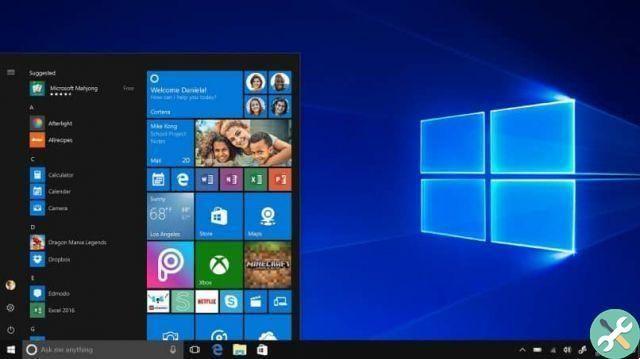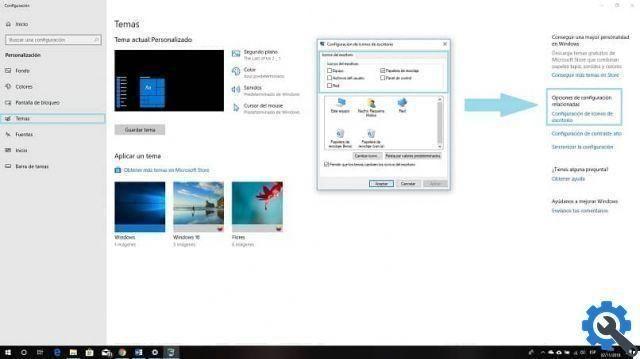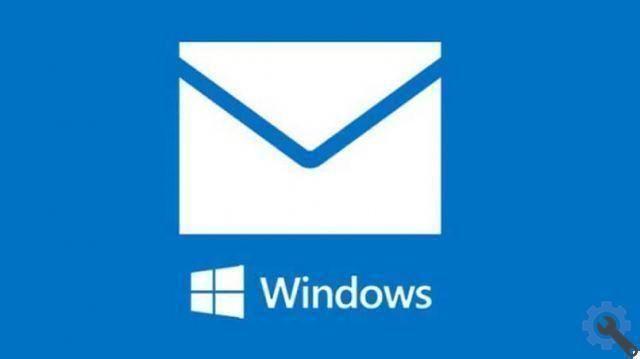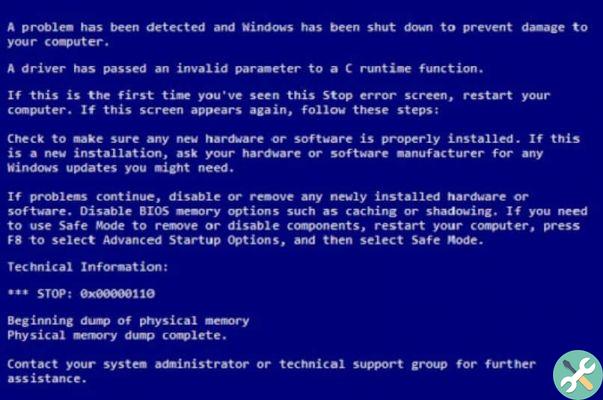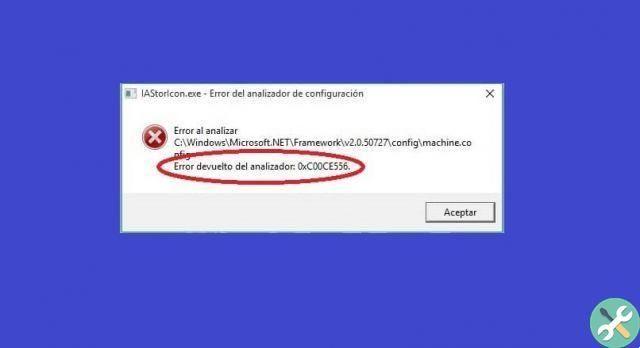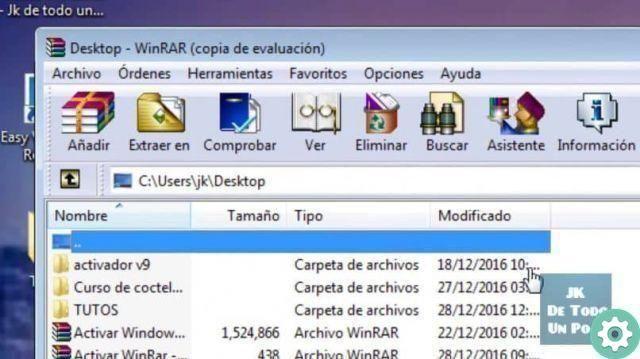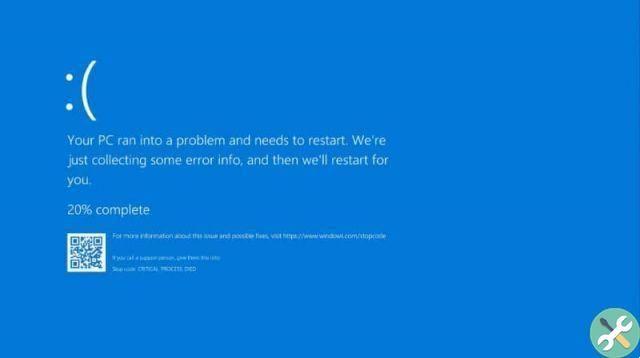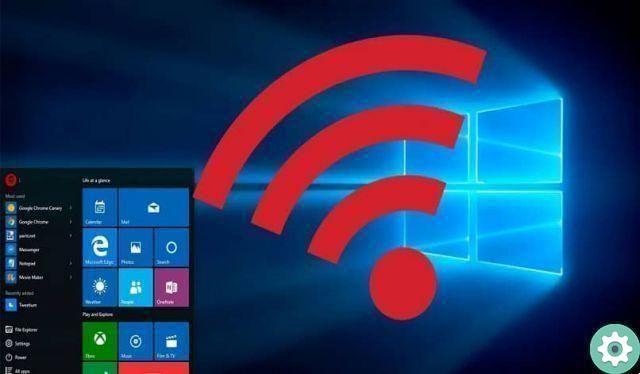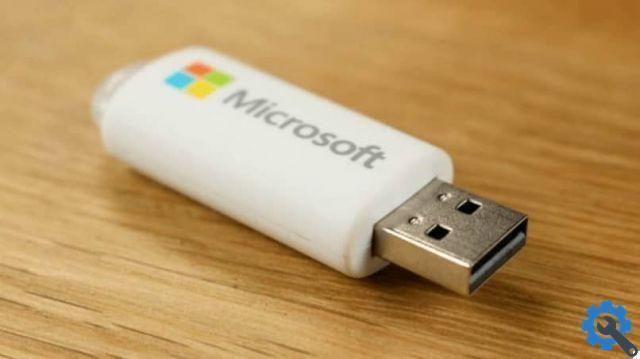Windows 10 stands out as an environment in which we can apply any changes, adapting with numerous applications the resolution of any conflict that may arise, be it due to work, academic or simply out of curiosity.
However, many of these options are typically quite difficult to access or are not commonly used by all users, such as XAMPP. When we talk about XAMPP we are referring to a programming tool that helps power web development supported in the PHP language.
XAMPP has the advantage of not needing an Internet connection for its use, in addition to its multiple features, make it a fairly accessible and easy-to-use tool, its only problem is that data security is not as hardened.
What are the modules that can be used by XAMPP?
When we talk about XAMPP we can also refer to it as an acronym for the acronyms they belong to Linux, Apache, MySQL/MariaDB, PHP, Perl. These might be the main models, but for the general interest of most people the following is described:
Apache
When we want to use a free distribution web server, the best option we can turn to is Apache, which started as an initiative in 1996 which sought the above goal and which currently supports 50% of the world's network servers, supported by an incredible community that makes it better and better.
PHP
PHP it is an open source language, which is constantly updated to improve the features that make this language so popular, which are mainly aimed at facilitating the web development environment and improving interactions between servers and users.

MySQL
On your part, MySQL is a relational database management system, which has the detail of being used under license for any business or commercial use.
How can you make XAMPP work as an automatic system service for PC?
When we install XAMPP for our web development activities, we will need the application to start immediately on our desktop as soon as it starts, luckily for us, the Windows service is able to allow us to perform this action through the following configurations:
With a shortcut
We will go to the taskbar at the bottom of the screen as well we will look for the appdata% appdata% folder where we will follow the following path to open the folders:
- AppData Roaming Microsoft Windows Start Menu Programs Start
In this last we will see the .EXE called xampp-control to which we will only have to right-click and open with direct access on the desktop.
As an application
We will go to our XAMPP application and in the Config option we will try to automatically start the section of modules, where we will select the modules we need to work initially
How to configure XAMPP options with automatic startup from Windows 10?
Windows 10 as a customizable environment is usually the environment we currently work the most for and although we believe the process can be complicated, we can use any of the above processes to perform an automatic start of the XAMPP modules on our computer.
However, the preferred option is the one that makes direct use of the application to get automatic and customized startup of the modules we will work with in XAMPP.

What can you do to disable the automatic start of XAMPP modules?
In the opposite case that we don't want these modules to start automatically, we will just have to go to the task manager, from here we will go to the startup tab and look for XAMPP and then right click on the option to disable.
Any other questions that may arise from this can be consulted with the XAMPP for Windows user support.




